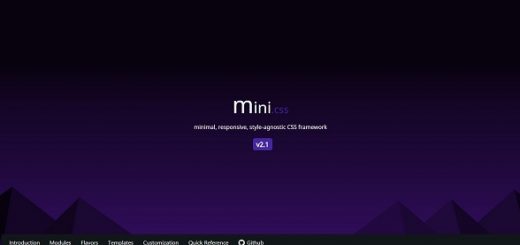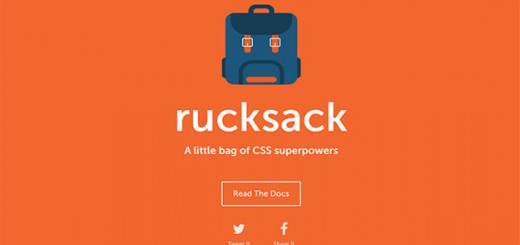CSS is a stylesheet language that describes the presentation of an HTML (or XML) document. CSS describes how elements must be rendered on screen, on paper, or in other media.
This post includes 10 Best CSS Frameworks to consider in 2016, following frameworks are new and being used by several developers and come with numerous features to help development related tasks. These frameworks will also allow you to write clean CSS codes to complete your project in time.
1. Cutestrap
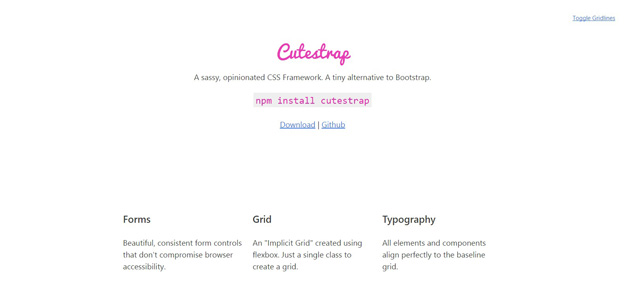
Cutestrap is a sassy, opinionated CSS Framework. A tiny alternative to Bootstrap. It supports Vertical Rhythm, Consistent pattern for form fields, 8kb minified, Smart defaults for all default elements (Conventional), CSS specificity is very low in the class hierarchy (Configurable), Solid foundation for a living styleguide using KSS. It is released under MIT License.
2. StringBean
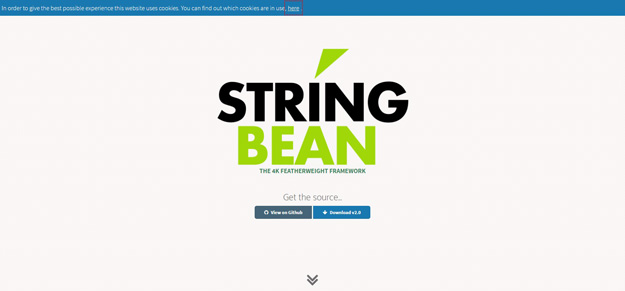
StringBean is the featherweight responsive CSS Framework based on a 24-point system, rather than the traditional 12-point system that other frameworks use. Sometimes, 12 is just too few, especially on a high resolution screen, such as 4K – at 4K String Bean comes into its own! This gives the developer the power to divide the screen up in more finite segments providing you with greater control over the widths of content on your site, especially at higher resolutions (think HD & UHD (2K, 3K, 4K, and above).
3. RichCSS
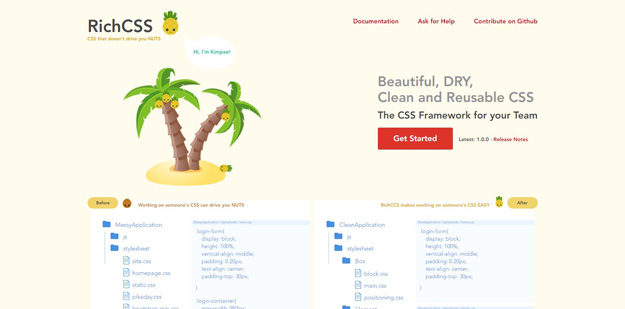
RichCSS is an Object Oriented CSS framework providing default structures for reusable css elements. It’s built around an Architectural Style that organizes your code in a way that allows: reusability of your css, versioning, the use of css plugins and the ease of using it. RichCSS is bringing convention and organization to CSS that anyone can understand and use.
4. Pavilion
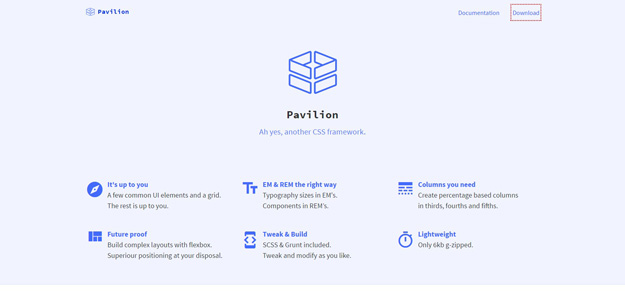
Pavilion is a simple, unopinionated CSS framework built for front-end web developers who lean towards creativity, exploration, and creating UI components themselves. Pavilion is built for front-end web developers who tend to never use the hundreds of pre-made UI components some frameworks ship with. Built for front-end developers who lean towards creativity, exploration and creating UI components themselves from the ground up whilst depending on a solid foundation with future-proof capabilities.
5. Spectre.css

Spectre.css is a lightweight, responsive CSS framework. It includes carefully designed elements and useful built-in components and utilities. Spectre uses Gulp for compiling CSS. You can customize your version of Spectre.css by editing LESS files in /src directory or removing unneeded components from spectre.less.
6. Vital
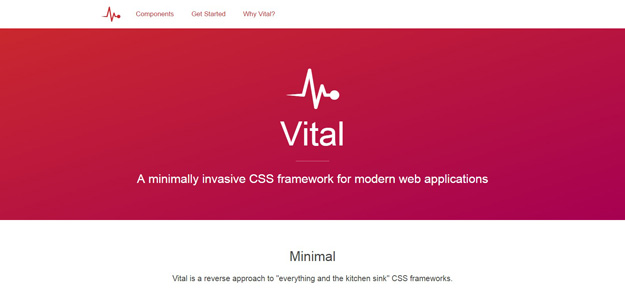
Vital is a minimally invasive CSS framework for modern web apps. It’s just 6KB gzipped, with no JavaScript and vast device support. Vital is built on the principal that less is more. Working with less code means there are fewer bugs to squash and less documentation to read. Less time spent coding means more time to focus on your next killer feature.
7. Flexbox
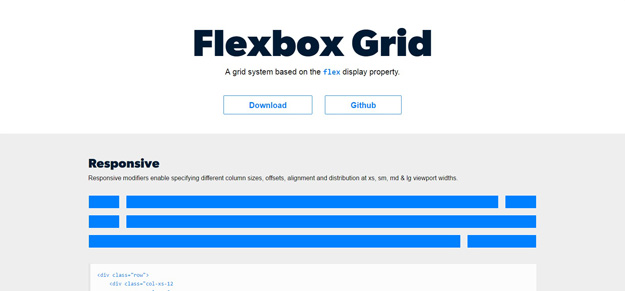
Flexbox Grid is a grid system that’s based on the flex display property. It’s responsive and fluid, with a simple syntax.
8. Grd
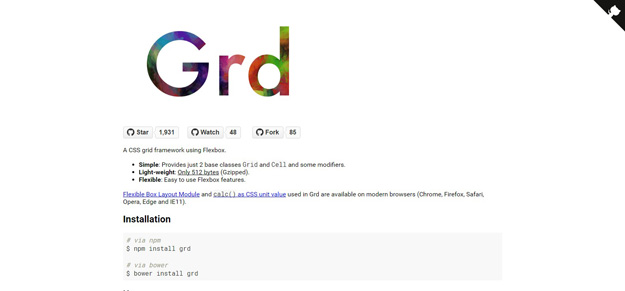
Grd is a CSS grid framework using Flexbox. It’s only 512 bytes (Gzipped), and provides just two base classes.
9. Min

Min is a super tiny CSS framework, coming in at only 995 bytes. It has exceptional browser support and semantic markup. Min is extremely lightweight and doesn’t prescribe a certain design for you, like Bootstrap. It’s easy to override the default rules since there are so few of them and they are at low specificity levels. This customizability helps you avoid the Yet Another Bootstrap Site phenomenon. Min supports IE5.5+, FF3+, Opera 9+, and Safari 4+, the best browser support of any CSS framework by far. Unfortunately, IE5.5 does not support border-radius and as such does not have rounded button corners.
10. Hoisin.scss

Hoisin.scss is a responsive front-end mini framework written in Sass. It focuses on organization, speed, and flexibility. This framework was created as an alternative to more complex and bloated front end frameworks, with a focus on organisation, speed and flexibility. We also aim to keep its codebase fresh including new techniques, whilst maintaining good support for the most common browsers.

